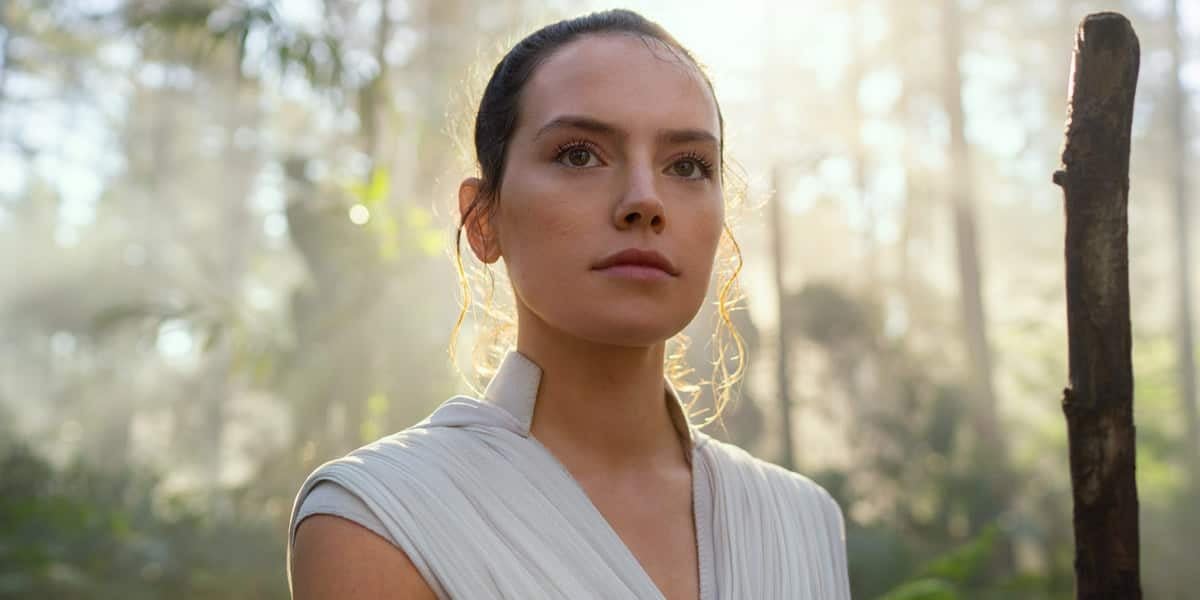New Damning Information Comes To Light About Disney’s ‘Star Wars’ Sequel
A new report has pulled back the curtain on just how much Disney invested in the divisive conclusion of the Skywalker Saga.

Star Wars: Episode IX–The Rise of Skywalker (2019), directed by J.J. Abrams, wrapped up the nine-film epic with Rey (Daisy Ridley), Finn (John Boyega), and Poe (Oscar Isaac) facing the resurrected Emperor Palpatine (Ian McDiarmid). While its visual spectacle and callbacks earned praise, critics flagged rushed pacing and abrupt reversals of story choices from 2017’s Star Wars: Episode VIII–The Last Jedi. Despite the split reaction, the film earned over $1 billion globally, though it didn’t match the heights of Star Wars: Episode VII–The Force Awakens (2015) or The Last Jedi.
Now, attention has turned to the staggering production costs. Forbes reports that the film’s gross budget was $593.7 million. Thanks to UK tax incentives, Disney recouped $103.8 million, leaving a net cost of roughly $489.9 million. For a movie that polarized fans, the financial commitment is extraordinary. While The Rise of Skywalker ultimately turned a profit, the margin may have been narrower than expected for a blockbuster of this scale.

The budget reflects Disney’s attempt to “course-correct” after backlash to The Last Jedi, highlighting a broader trend of escalating costs in franchise filmmaking. The massive investment underscores the stakes involved when concluding a saga of this magnitude, leaving the film as both a commercial success and a case study in balancing spectacle, story, and fan expectations.
Six years later, Lucasfilm revisited the saga’s conclusion, not through a new movie but via a five-issue Marvel comic adaptation by writer Jody Houser and artist Will Sliney. The comic reinterprets key moments, most notably the climactic “All the Jedi” sequence. While the film only offered Rey the voices of past Jedi, issue five presents them visibly—Qui-Gon Jinn, Obi-Wan, Luke, and others appear as spectral allies in her final stand against Palpatine.

This visual clarification offers fans a more tangible conclusion to a scene long debated. It signals Lucasfilm’s willingness to reshape story beats and comes at a pivotal moment for the franchise, ahead of Star Wars: The Mandalorian and Grogu’s 2026 cinematic debut and Shawn Levy’s Starfighter in 2027. A new trilogy from Simon Kinberg may continue to build on these “revisited” elements, potentially elevating Rey’s role within the larger narrative.
The comic doesn’t erase the film’s canon, but it gives fans something they’ve wanted for years: a fully realized moment where the Jedi actively aid Rey, transforming a long-discussed finale into a visually complete experience.





